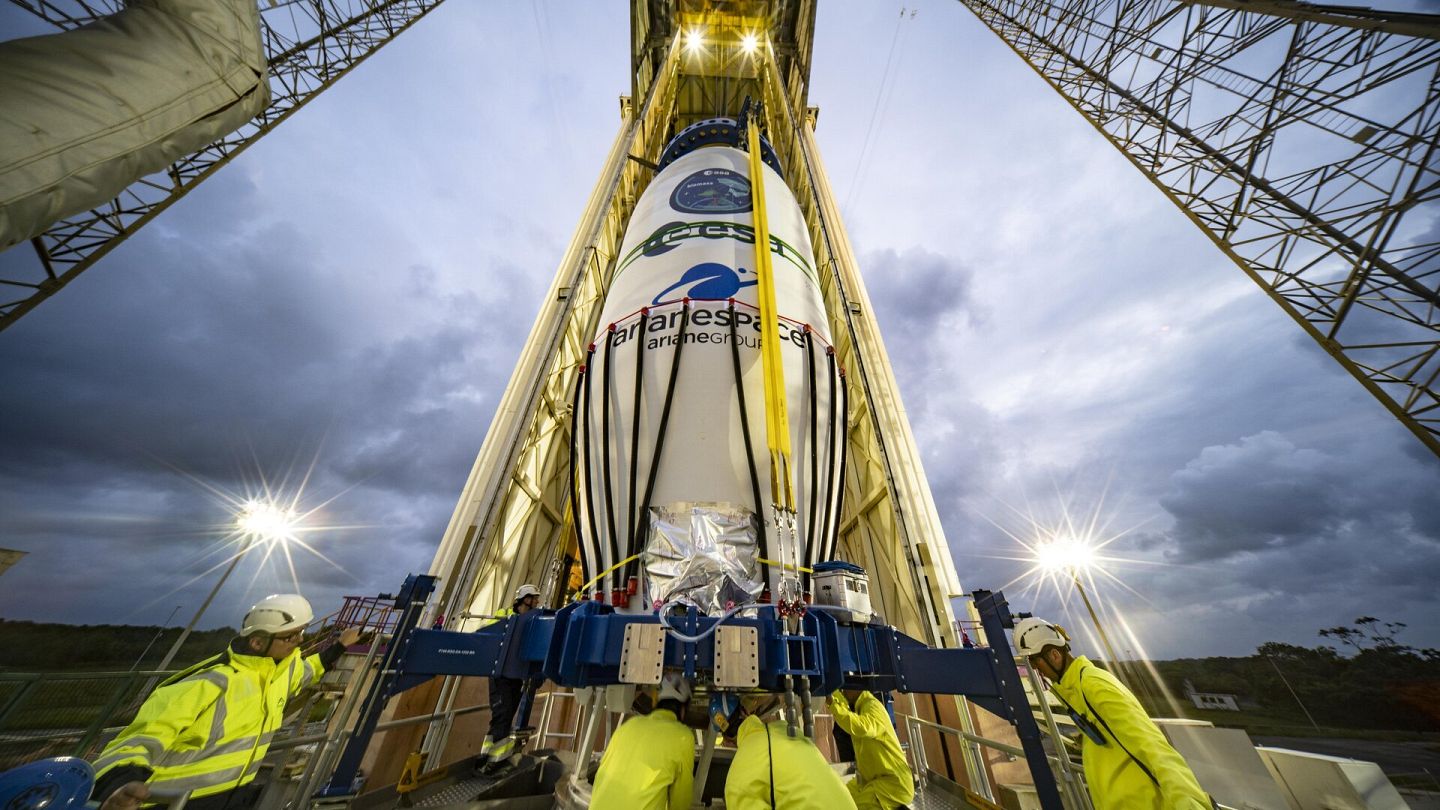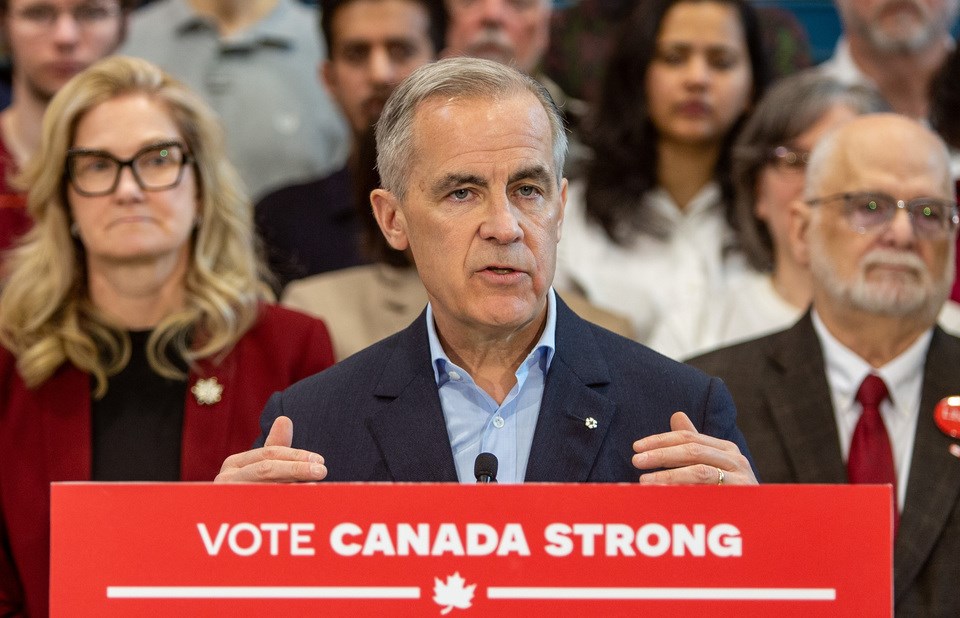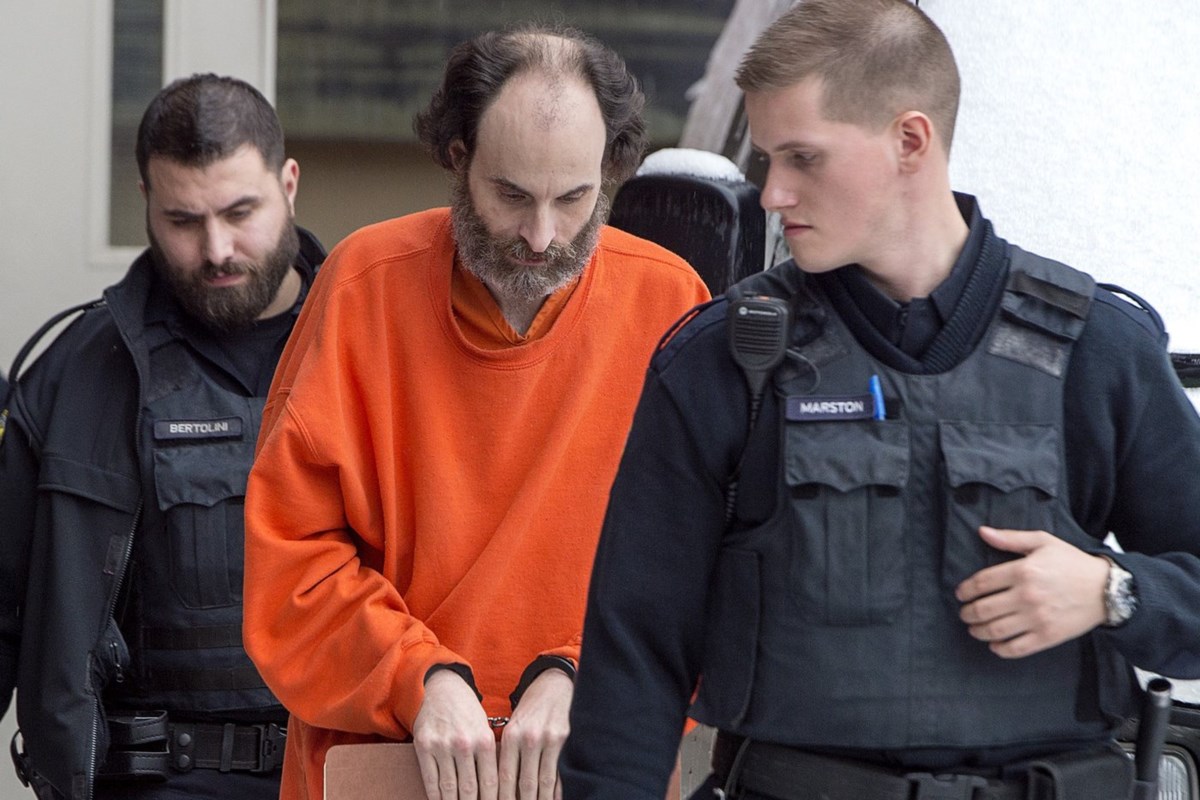ESA successfully launches Biomass, the satellite set to unlock the secrets of the world's forests

The European Space Agency (ESA) successfully completed the launch of its Biomass satellite on Tuesday from the European Spaceport in Kourou, French Guiana. Manufactured by Airbus Defence and Arianespace, the satellite is designed to advance our understanding of tropical forests, particularly by measuring how much carbon they store. The successful launch was welcomed by both the space agency and the industry partners who worked on the project."This mission comes at a very timely moment. It’s about science, it’s about innovation, but it’s also about the health of citizens on the planet," Simonetta Cheli, ESA's Director of Earth Observation Programmes, said during the press conference following the launch. "In the current context full of uncertainties, the fact that Europe masters a technology as complex as rockets, the fact that we are reliable... it’s something of utmost importance," added David Cavailloles, CEO of Arianespace. But what exactly makes this satellite so special?The importance of knowing carbon stocks in tropical forestsForests play a vital role in sustaining life on our planet.They largely owe this function to photosynthesis, the process by which plants absorb carbon dioxide (CO2) and water, releasing oxygen into the atmosphere and storing energy in the form of glucose (sugar) within their cells. While photosynthesis is one of the most widely taught scientific concepts in schools, understanding the complexities of how forests work remains a challenge. Researchers struggle to grasp how much carbon is stored in the world’s forests and how these stocks are changing in response to factors like the increase in temperature. Of course, not all the forests pose the same challenges. Those in the Northern Hemisphere tend to have better mapping and can be observed through satellite, like ESA's Sentinel 1. However, tropical forests are far more complex. "First of all, it [tropical forest] accounts for 75 per cent of global CO2 absorption, so it plays a more important role in the overall carbon cycle," Cheli explained."Secondly, it’s a denser forest - also more physically inaccessible, which makes it harder to validate data on the ground," she continued. To help close this knowledge gap, the ESA Biomass satellite aims to provide essential new data on the quantity of carbon stored in tropical forests, helping scientists to address some of the most urgent global challenges."The data collected by Biomass will help us understand how a potential degradation of the forest in the tropical zone can have an impact on the entire evolution of the climate and climate change," Cheli told Euronews Next.But how does the Biomass mission aim to do so? The cutting-edge P-band technology"It’s an innovation in terms of technological advancement of Europe," Cheli told Euronews Next, presenting the Biomass satellite. "It’s the first time we’ve ever launched a mission with P-band," she added. The P-band synthetic aperture radar is the key component of Biomass. Thanks to its wavelength of approximately 70 cm, the radar signal can penetrate the forest canopy, collecting important information on carbon stocks.The P-band radar looks like an umbrella. It's a 12-metre-diameter antenna located on the top of the satellite, allowing it to scan through the thick and almost impenetrable tropical forest. "This P-band will allow looking at 3D pictures of tropical forests," Simoetta Cheli told Euronews. "It’s a little bit like a medical scan of the status of tropical forests," she explained. Producing the P-band radar and fitting it on the satellite was very challenging for Airbus, which also had to face the problem of the global pandemic. "We had to build the whole spacecraft during Covid, which was very difficult," Justin Byrne, Head of Space Programmes at Airbus told journalists in Kourou. He explained that team separation made the complex task of producing the P-band radar even more demanding, but he looked enthusiastic about the result. Vega-C: Europe’s access to spaceAnother essential component of the Biomass satellite is Vega-C, the successor of Vega, the small European rocket launcher built by the Italian company Avio, which is particularly devoted to Earth observation missions. Standing at 35 m in height and weighing 210 tonnes, Vega-C is composed of three solid-propellant stages, which successfully carried the satellite into orbit in the early morning of Tuesday in Kourou. "The mission has a duration of one hour, including the finishing face when we have to return the top of the launcher from space to ground," Giulio Ranzo, CEO of Avio, told journalists in Kourou before the launch. "We remind everyone that we do not leave anything in space," he then pointed out, explaining that the launcher is destroyed upon reentry into the atmosphere, ensuring no space debris is left in orbit. The ESA Biomass satellite is designed for a mission of at least 5 years, and it's the biggest space-based radar in history. To learn more about the topic and delve into the behind-the-scenes of the Biomass launch, make sure to listen to the Euronews Tech Talks episode on Wednesday, May 14.



















